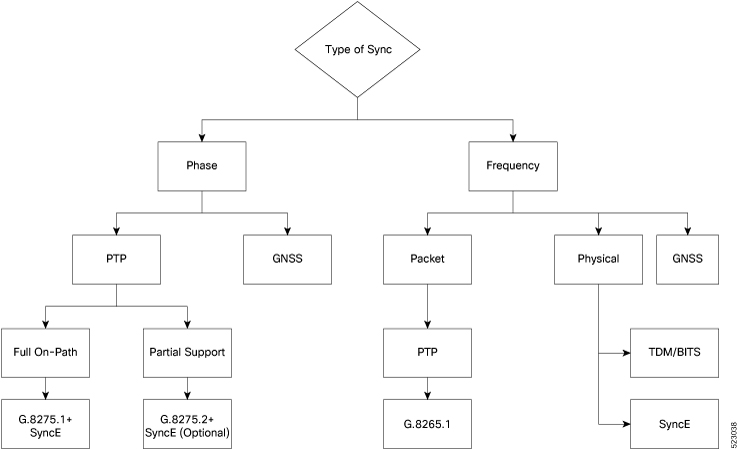Network Synchronization Decision Tree
A network synchronization decision tree is a decision-making tool that
-
guides users through a series of yes/no or conditional questions,
-
helps identify the most suitable synchronization solution for a specific network deployment, and
-
streamlines the evaluation process to ensure accurate and synchronized network operation.


 Feedback
Feedback